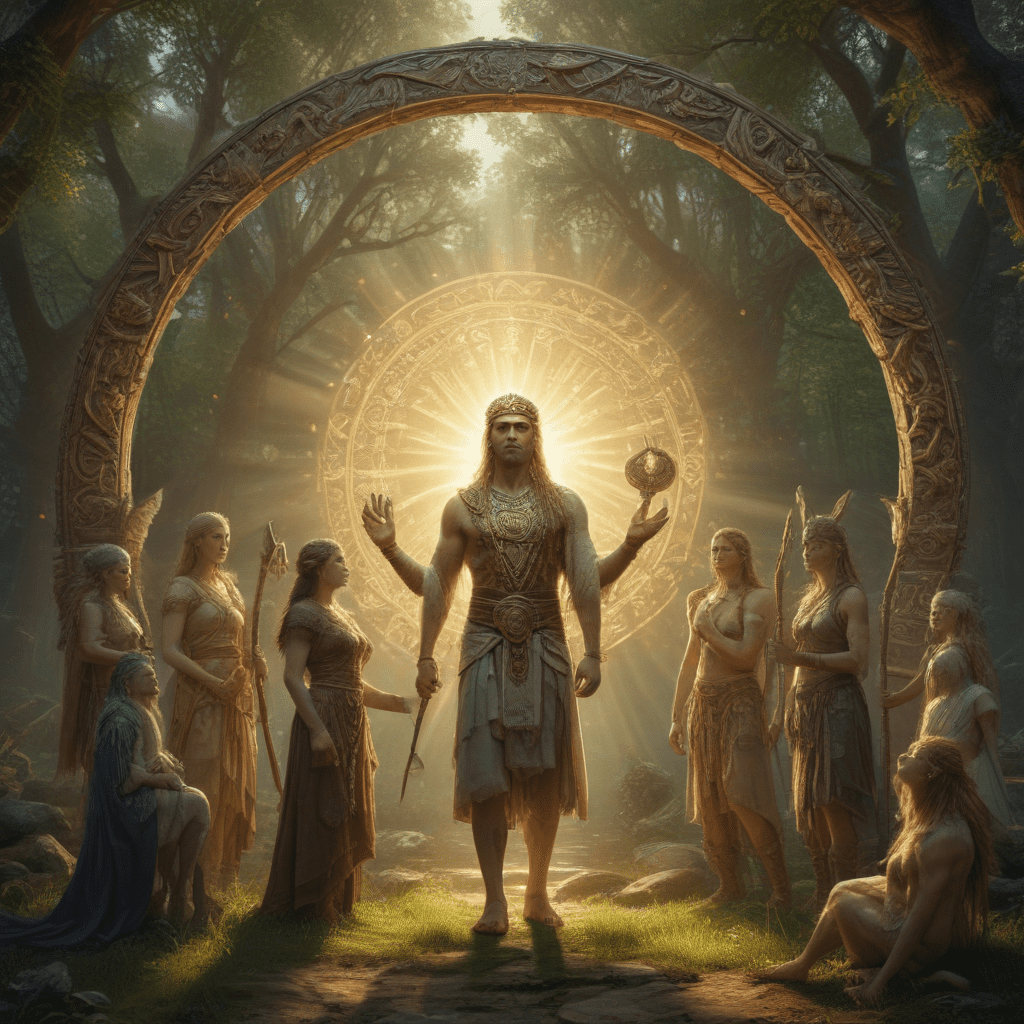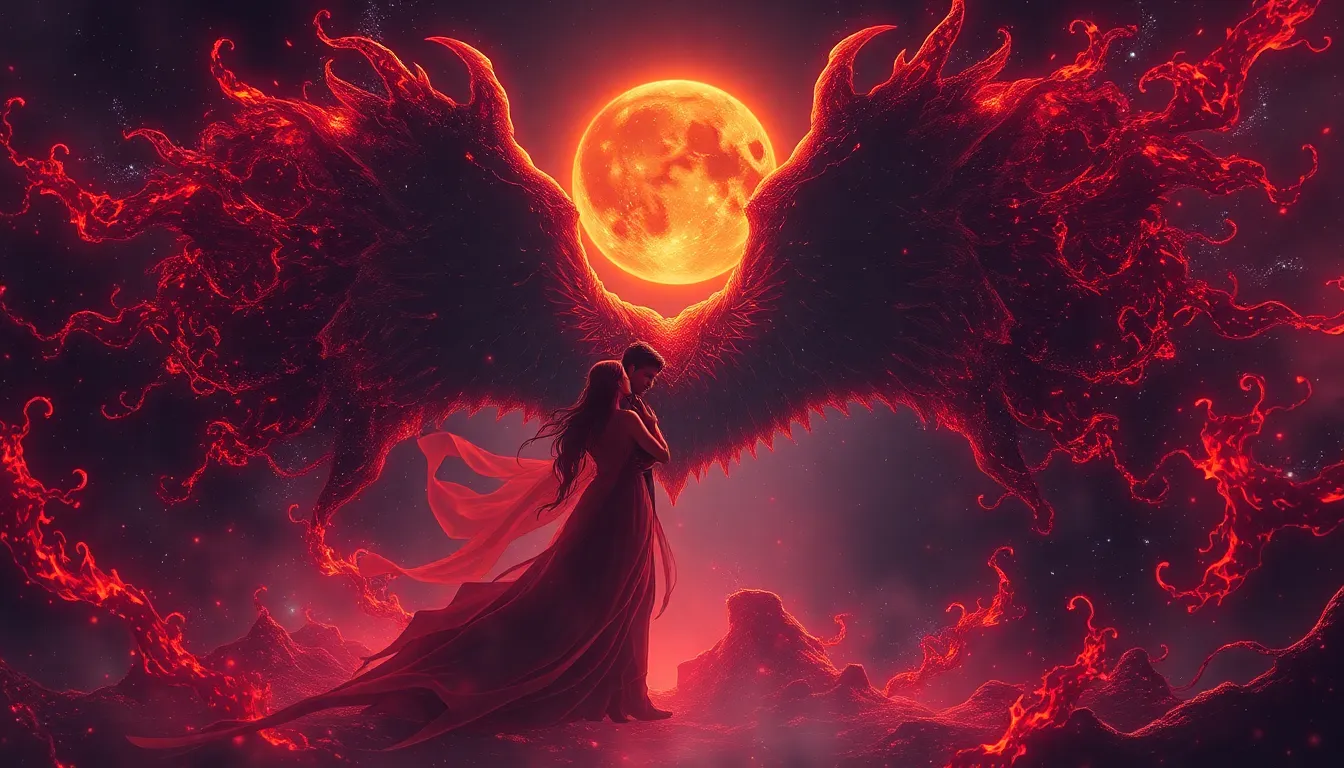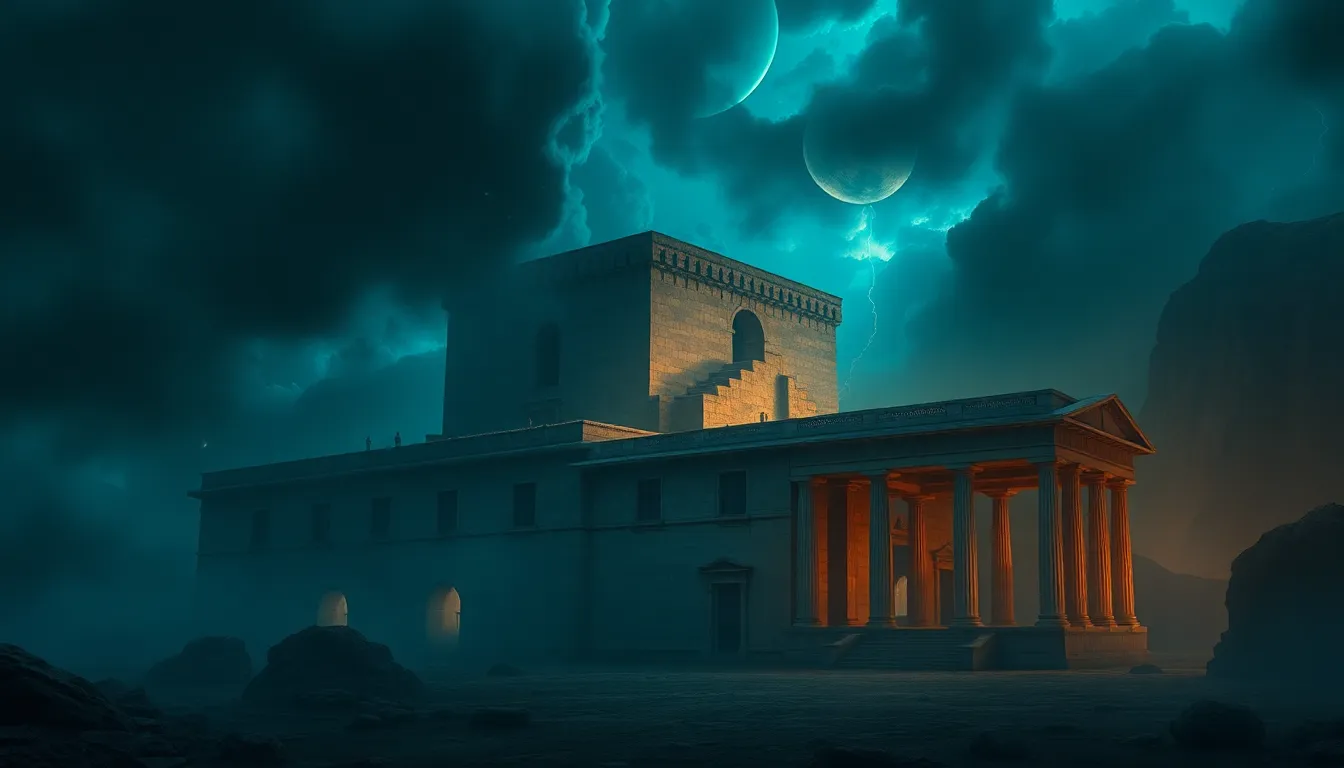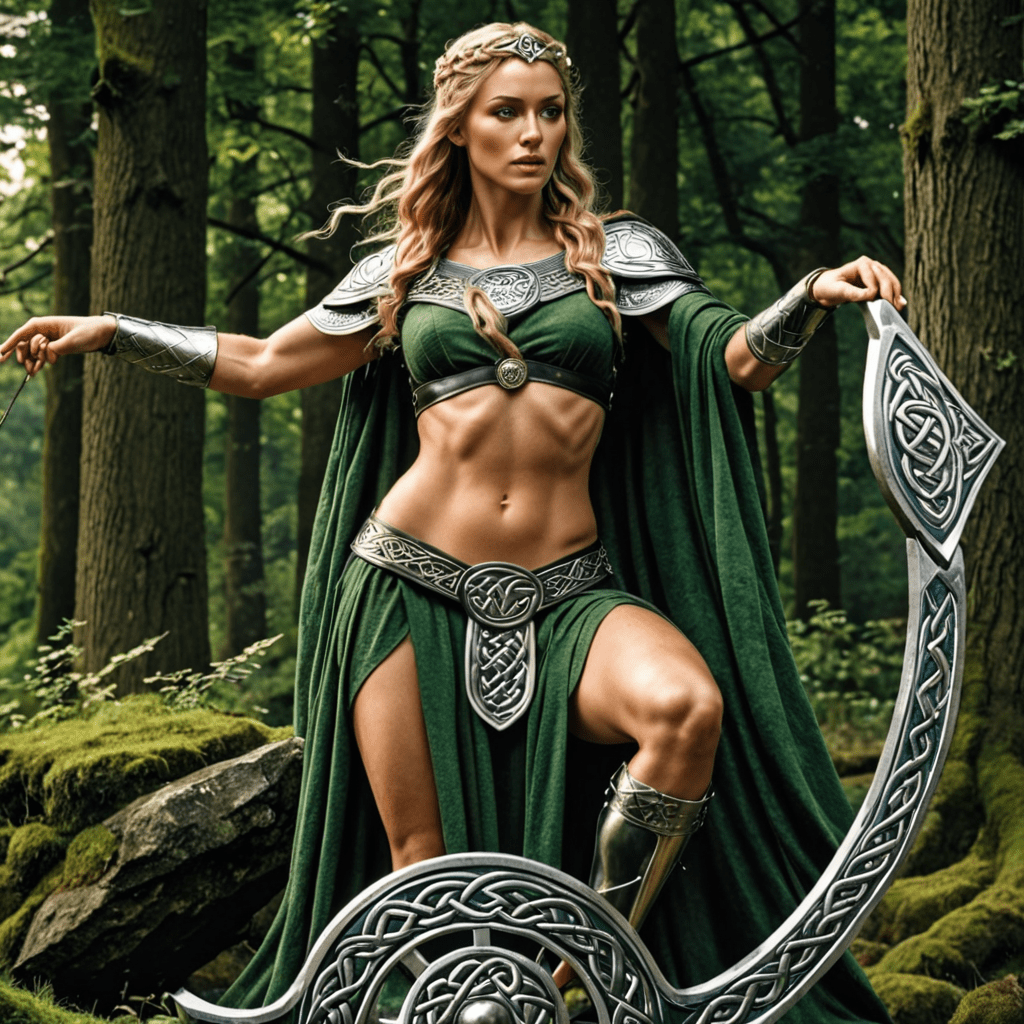The Concept of Harmony in Slavic Mythology
Introduction: The Importance of Harmony in Slavic Belief
Harmony played a central role in the spiritual beliefs of the ancient Slavs, who saw the world as a delicate balance between opposing forces. Maintaining this equilibrium was crucial for the well-being of individuals, communities, and the cosmos itself.
The Tripartite Universe: Prav, Nav, and Yav
The Slavic worldview was based on a tripartite universe. At the top was Prav, the realm of light, order, and goodness. Below it lay Nav, the realm of darkness, chaos, and evil. Between these two worlds existed Yav, the realm of everyday life, where the forces of Prav and Nav constantly interacted.
The Forces of Prav: Order, Law, and Goodness
Prav was associated with the sky, sun, thunder, and all that was seen as noble and benevolent. The Slavic pantheon of deities, such as Perun, Svarog, and Dazhbog, represented the forces of Prav and worked to maintain order and balance in the world.
The Chaos of Nav: Darkness, Evil, and Disorder
Nav was the realm of the unknown, hidden beneath the earth. It was home to evil spirits, demons, and malevolent creatures. The Slavic deities associated with Nav, such as Chernobog and Veles, were often seen as adversarial forces that threatened the harmony of Prav and Yav.
Yav: The Realm of Balance and Intersection
Yav was the realm of human existence, where the forces of Prav and Nav constantly intersected. Humans had the responsibility to maintain the balance between these forces by living in accordance with the laws of nature and the teachings of the gods.
The Role of Slavic Deities in Maintaining Harmony
The Slavic deities played a crucial role in maintaining the harmony of the tripartite universe. The gods of Prav, such as Perun and Dazhbog, fought against the forces of Nav and protected the world from chaos. The gods of Nav, such as Chernobog and Veles, represented the unpredictable and dangerous aspects of nature, but they also had a place in the cosmic order.
The Sacredness of Nature and the Importance of Ancestral Ties
The Slavs believed that nature was sacred and that humans were part of a larger web of life. They revered the spirits of trees, rivers, and other natural features, and they believed that their ancestors watched over them from the afterlife. Maintaining harmony with nature and honoring one's ancestors were essential for the well-being of individuals and communities.
Harmony in Everyday Life: Rituals, Festivals, and Community
The Slavs practiced a variety of rituals and festivals throughout the year to maintain harmony and ensure the well-being of their communities. These rituals included seasonal celebrations, such as the spring festival of Maslenitsa and the winter solstice festival of Koliada. They also included rites of passage, such as weddings and funerals, which marked important transitions in life.
The Disruption of Harmony: Chaos and Evil
Harmony was not always easy to maintain. The forces of Nav constantly threatened to disrupt the balance of the universe. Evil spirits, demons, and other malevolent creatures could cause illness, misfortune, and even death. In times of chaos and upheaval, the Slavs looked to their gods and heroes for protection and guidance.
The Restoration of Harmony: The Role of Heroes and Legends
The Slavic mythology is filled with stories of heroes who fought against the forces of chaos and restored harmony to the world. These heroes, such as Ilya Muromets and Dobrynya Nikitich, embodied the values of Prav and fought tirelessly to protect the innocent and uphold justice. Their stories inspired the Slavs to believe that even in the darkest of times, hope and harmony could prevail.
FAQs
What is the concept of harmony in Slavic mythology?
Harmony was central to Slavic mythology, which viewed the world as a delicate balance between opposing forces. Maintaining this equilibrium was crucial for the well-being of individuals, communities, and the cosmos itself.
What are the three realms of the Slavic universe?
The Slavic universe was divided into three realms: Prav, the realm of light, order, and goodness; Nav, the realm of darkness, chaos, and evil; and Yav, the realm of everyday life, where the forces of Prav and Nav constantly interacted.
What is the role of Slavic deities in maintaining harmony?
The Slavic deities played a crucial role in maintaining harmony by fighting against the forces of chaos and protecting the world from evil. The gods of Prav, such as Perun and Dazhbog, represented the forces of order and goodness, while the gods of Nav, such as Chernobog and Veles, represented the unpredictable and dangerous aspects of nature.
How did the Slavs maintain harmony in everyday life?
The Slavs practiced a variety of rituals and festivals throughout the year to maintain harmony and ensure the well-being of their communities. These rituals included seasonal celebrations, such as the spring festival of Maslenitsa and the winter solstice festival of Koliada. They also performed rites of passage, such as weddings and funerals, which marked important transitions in life.



